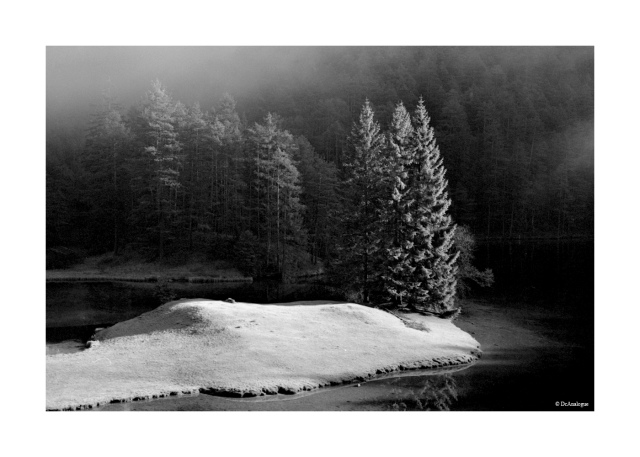
Leica R-E & Vario Elmar 35-70mm – XP2 Labdeveloped
As loyal readers already know, at the beginning of December I faced (after almost 15 years) traveling exclusively using film cameras only. In this post I showed the equipment that I planned to use. Furthermore, I also had an Olympus OM10 with three Zuiko lenses (28, 50 and 135mm) as a backup just in case. Once in Munich (Bayern), I bought a nice Olympus OM2n, accompanied by a Zuiko 35-70mm f/3.5-4,5 and a Tokina RMC 24mm f/2.8. The films I used were Ilford XP2 Super 400, Kodak T-Max 400 and Ilford Delta 3200. In total, I took 8 rolls of 36 frames. A ridiculous number of shots when compared with those obtained in a half-day with any digital camera. But this is precisely the reason that led me back to the film, so I am absolutely delighted to have chosen this path.
To begin with, some considerations that can be taken as useful advice for those with little experience. For example, never go with films which you don’t know in deep. I knew the XP2, I had used it with excellent results in Rodinal on M.F. and with some success on 35mm souped in Ars-Imago. The problem was that I always rated it at ISO 200 or 250, and never to box speed. On this tour however, I wanted to use it at 400 Iso. Big mistake! The rolls developed by me (either in Ars-Imago, or in Rodinal (1+25 or 1:100 stand)) were very disappointing: very high contrast, dark shadows, great compression of midtones and grainy. Even the roll developed by the lab in C41, while giving much better results, was not so good for my taste, at least the scan. It went much better with Tmax 400, rated at 320 ISO, who gave images with the expected good results. A further consideration: even in very good condition, the Olympus OM2n purchased in Monaco showed some light leaks, albeit only in the first roll. In conclusion: better to avoid experiments when traveling and to play it safe, as both films as equipment.
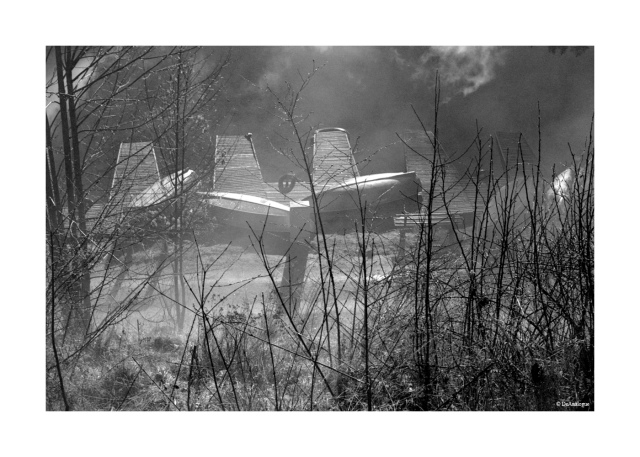
Leica R-E & Vario Elmar 35-70mm – XP2 Labdeveloped
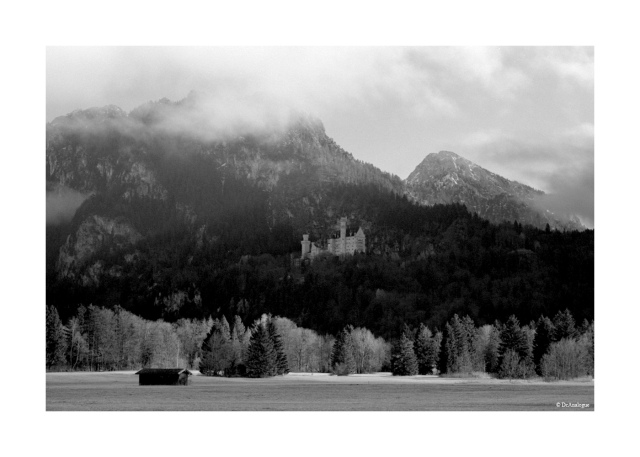
Leica R-E & Vario Elmar 35-70mm – XP2 Labdeveloped
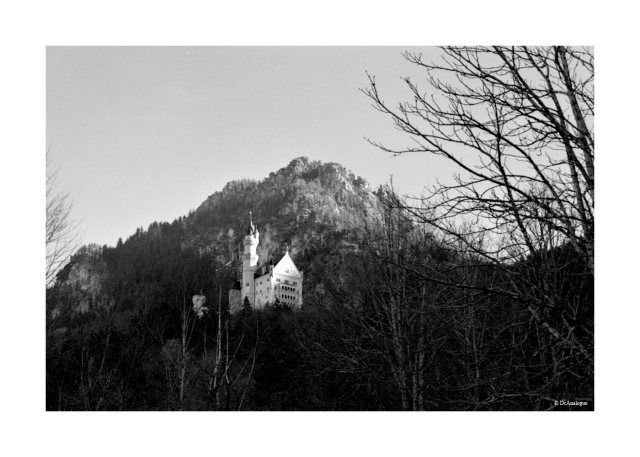
Leica R-E & Vario Elmar 35-70mm – XP2 Labdeveloped
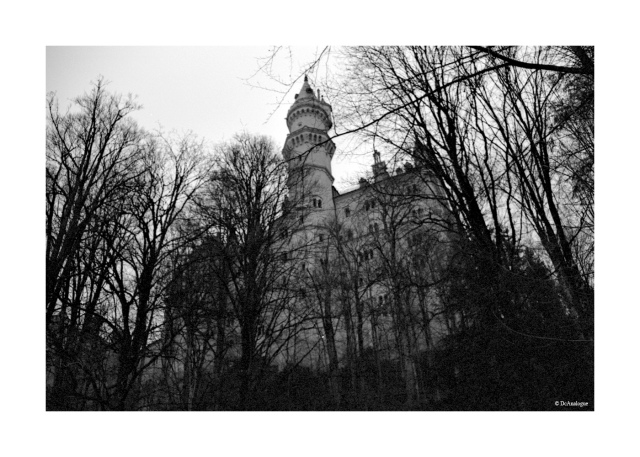
Leica R-E & Vario Elmar 35-70mm – XP2 Labdeveloped
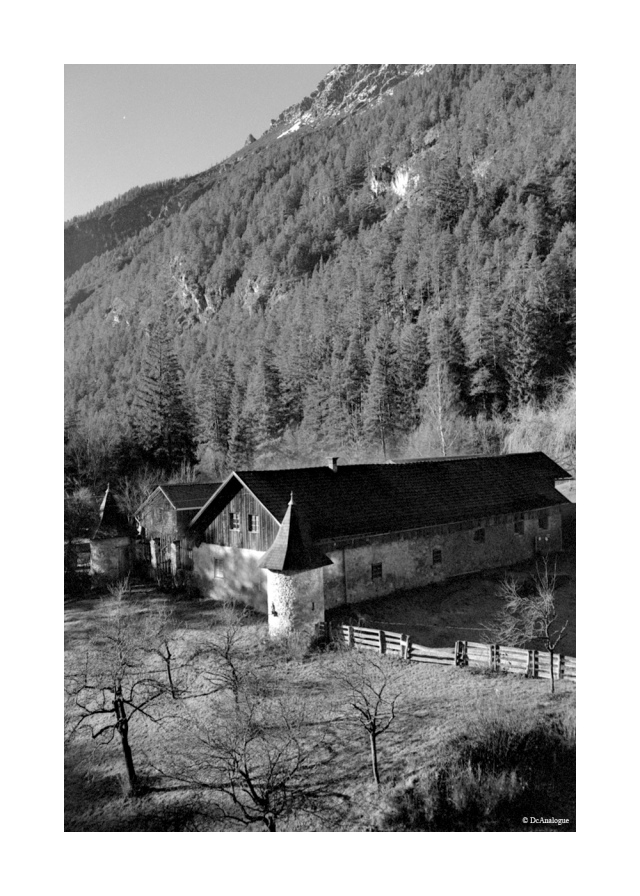
Leica R-E & Vario Elmar 35-70mm – XP2 Labdeveloped
There were, however, also positive surprises: for example, the results from the new 24mm and 35-70mm lenses. The first one, although not a Zuiko, has provided excellent performance, with a very very low barrel distortion, excellent resistance to flare (had no hood) and virtually absent vignetting. A respectable result, considering that it is a universal lens, certainly cheaper than the equivalent Olympus one and especially compared to “modern” lenses made for digital, benefiting corrections via firmware or post-production through special software profiles.
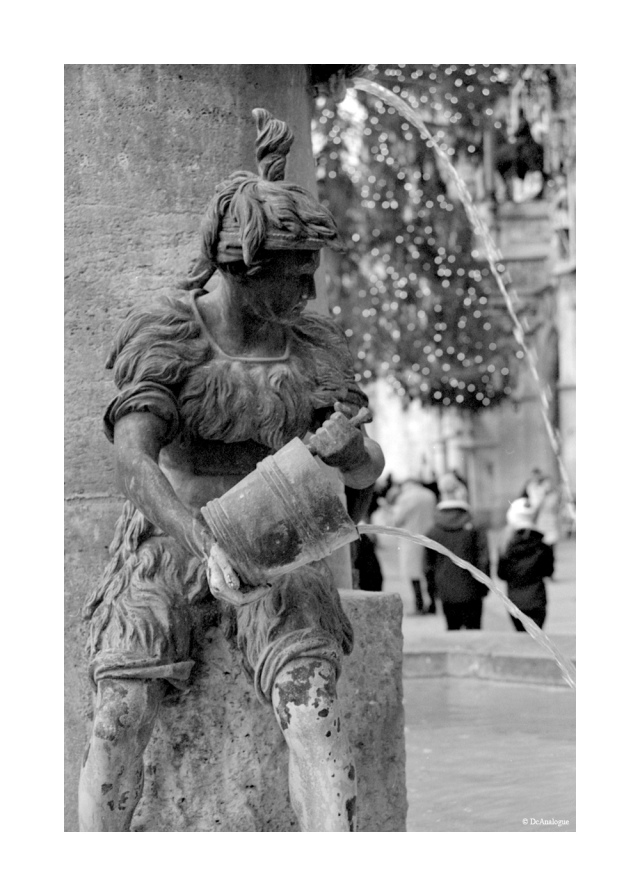
Leica R-E & Vario Elmar 35-70mm – XP2 Labdeveloped


Leica R-E & Vario Elmar 35-70mm – XP2 Labdeveloped
For its part, the zoom Macro Zuiko 35-70mm f/3.5-4.5 is truly amazing! Reluctantly purchased because bundled with OM2n, proved to be a little gem. Small, compct and lightweight, showed excellent sharpness and good overall performance at all focal lengths and apertures. As a good job made the Zuiko 135mm I already had with me. The Leica R-E, given the completeness achieved by the Olympus equipment, passed into the background as a backup camera, so took only a roll (the initial one) with the Vario-Elmar 35-70mm. One roll was also taken by the Canon P, which has been dedicated (first time ever with film) to handheld night photography with the Delta 3200 Iso. Here, the soviet Jupiter 12 confirmed its good qualities, also if used almost always wide open.
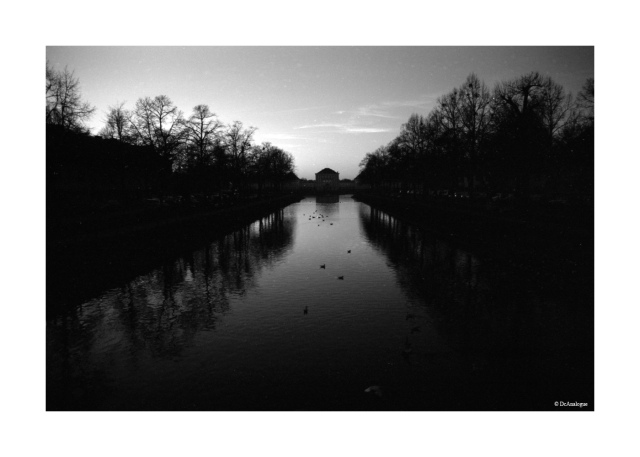
Olympus OM2n & Tokina RMC 24mm – Ilford XP2 in Ars Imago Fd
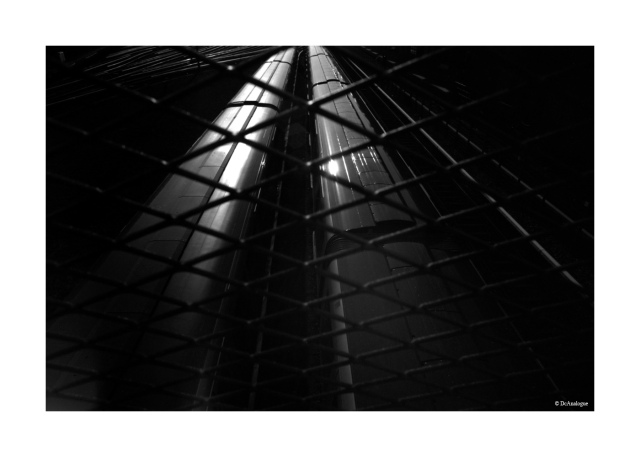
Olympus OM2n & Tokina RMC 24mm – Ilford XP2 in Ars Imago Fd
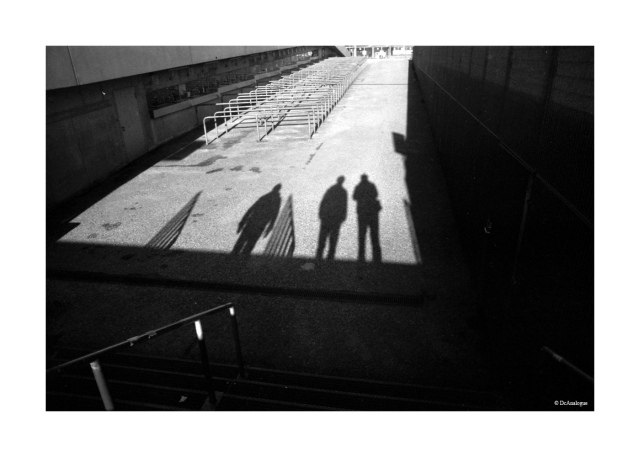
Olympus OM2n & Tokina RMC 24mm – Ilford XP2 in Ars Imago Fd
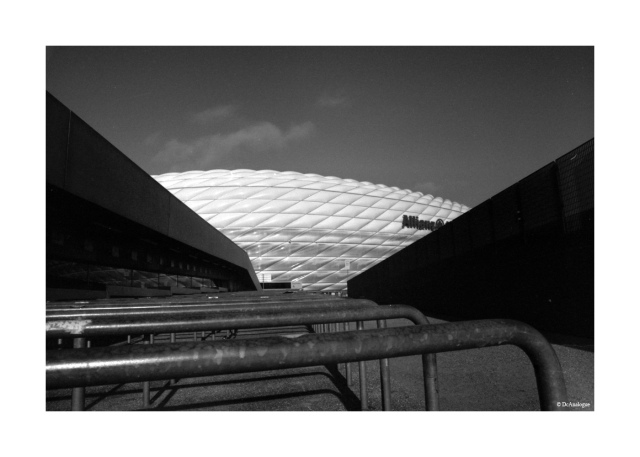
Olympus OM2n & Tokina RMC 24mm – Ilford XP2 in Ars Imago Fd
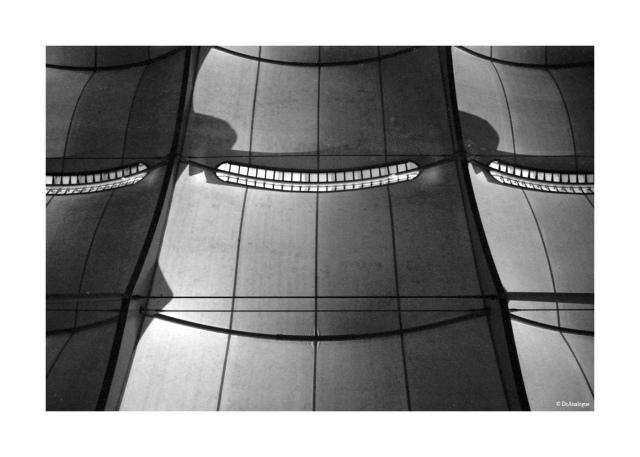
Olympus OM2n & Tokina RMC 24mm – Ilford XP2 in Ars Imago Fd
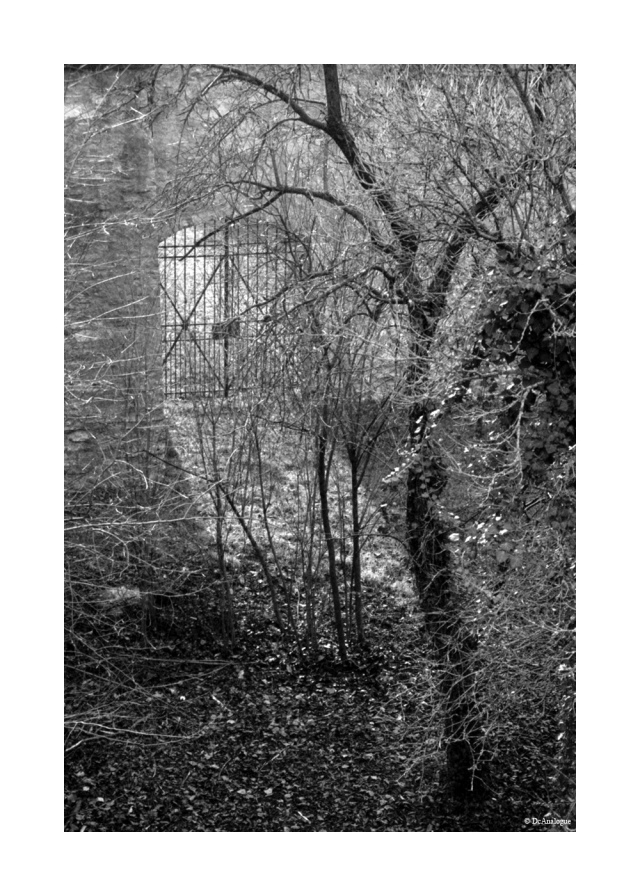
Olympus OM2n & Zuiko 35-70mm – Ilford XP2 in Rodinal 1+25

Olympus OM2n & Zuiko 35-70mm – Ilford XP2 in Rodinal 1+25
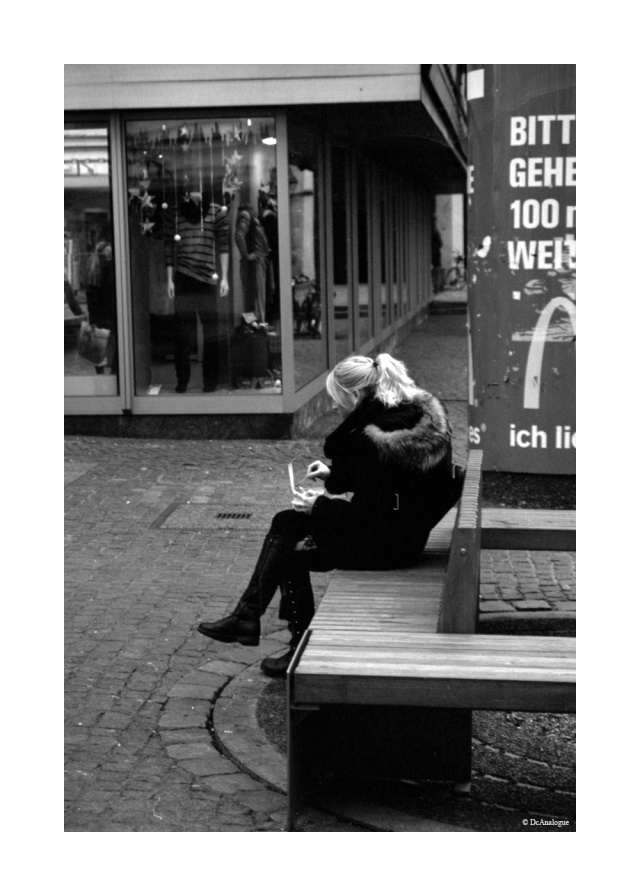
Olympus OM2n & Zuiko 35-70mm – Ilford XP2 in Rodinal 1+25
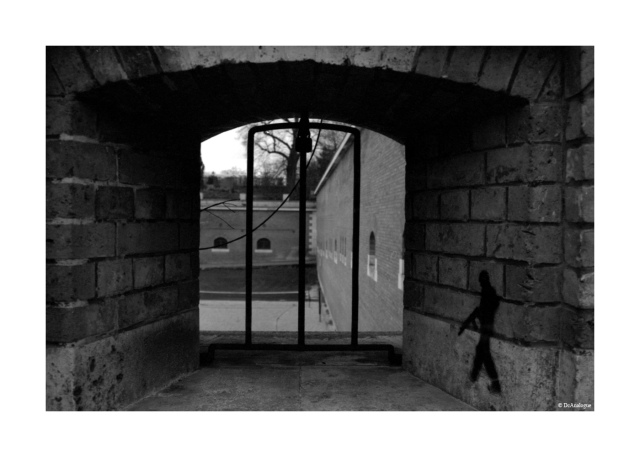
Olympus OM2n & Zuiko 35-70mm – Ilford XP2 in Rodinal 1+25
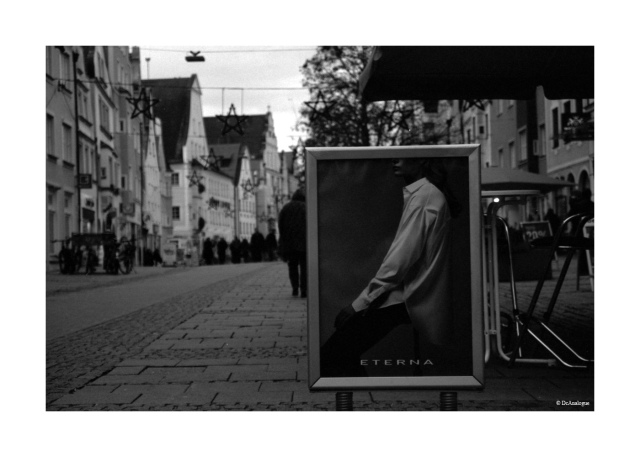
Olympus OM2n & Zuiko 35-70mm – Ilford XP2 in Rodinal 1+25
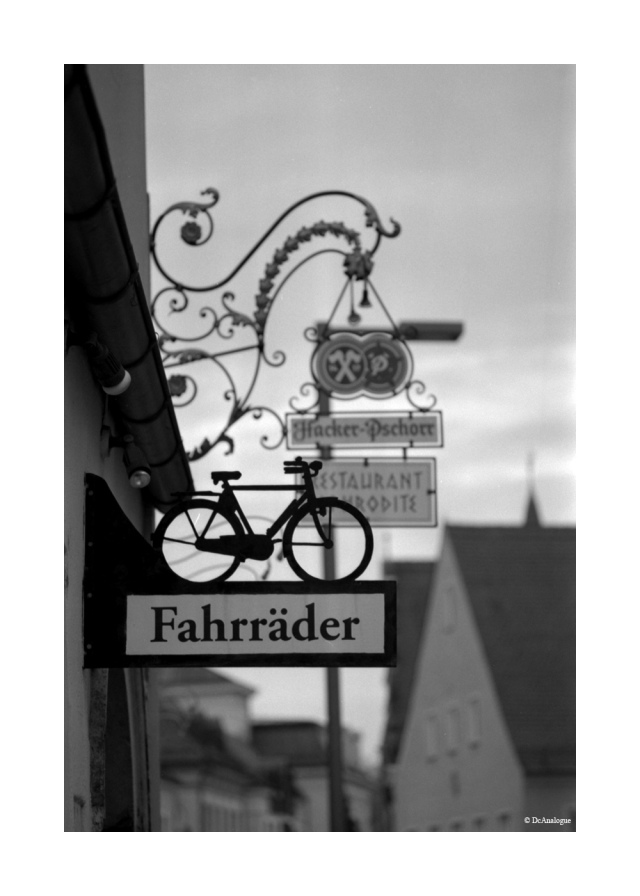
Olympus OM10 & Zuiko 135mm -Kodak Tmax @ 320 Iso in Ars Imago Fd
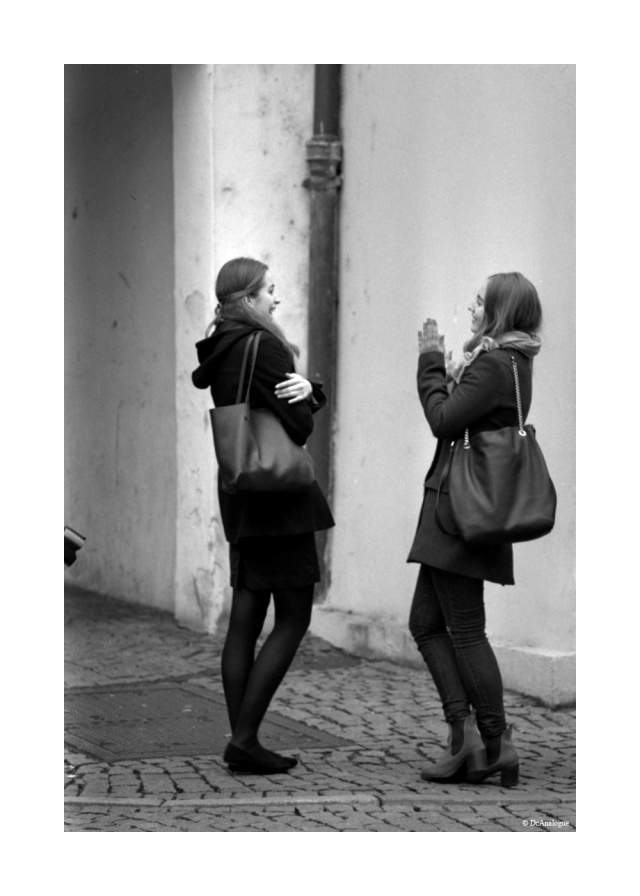
Olympus OM10 & Zuiko 135mm -Kodak Tmax @ 320 Iso in Ars Imago Fd
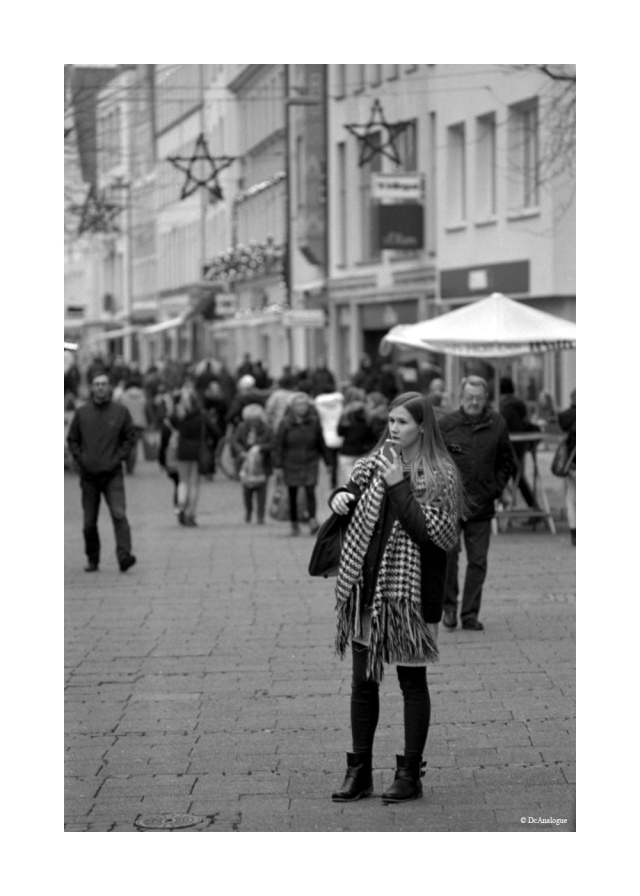
Olympus OM10 & Zuiko 135mm -Kodak Tmax @ 320 Iso in Ars Imago Fd
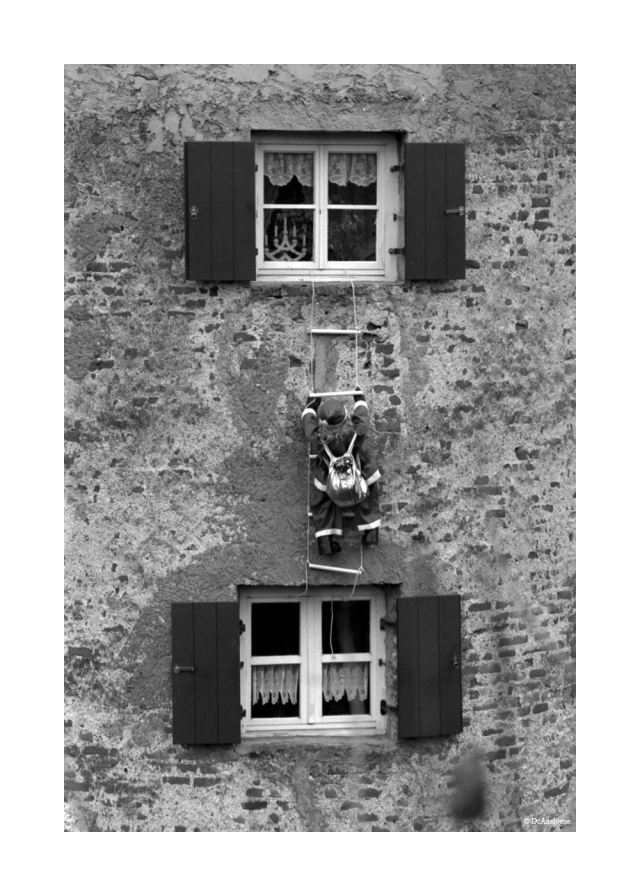
Olympus OM10 & Zuiko 135mm -Kodak Tmax @ 320 Iso in Ars Imago Fd
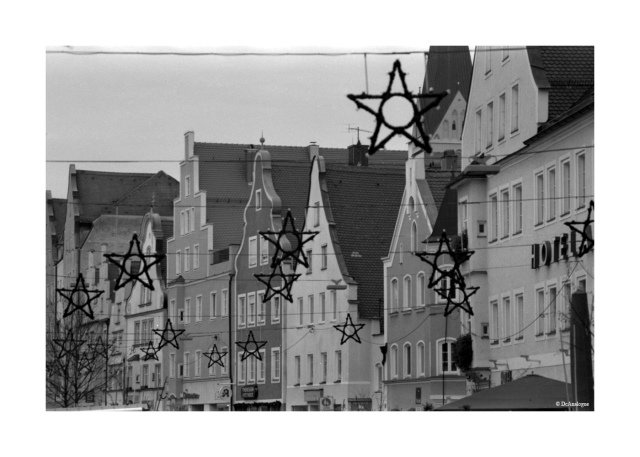
Olympus OM10 & Zuiko 135mm -Kodak Tmax @ 320 Iso in Ars Imago Fd
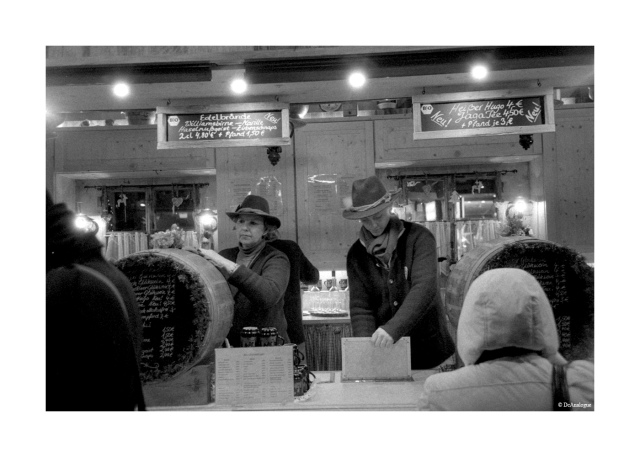
Canon P & Jupiter 12 35mm – Ilford Delta 3200 in Ars Imago Fd
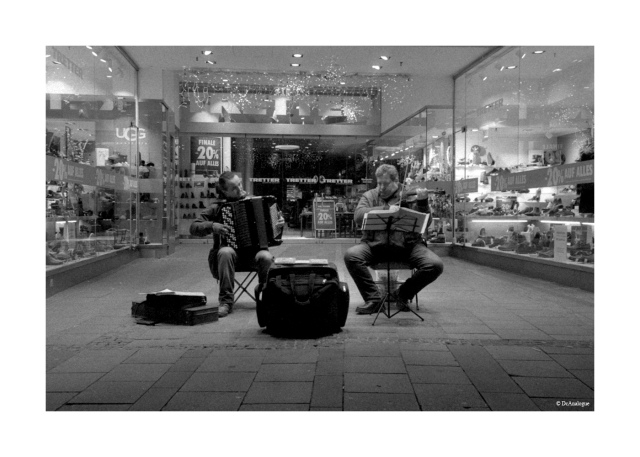
Canon P & Jupiter 12 35mm – Ilford Delta 3200 in Ars Imago Fd
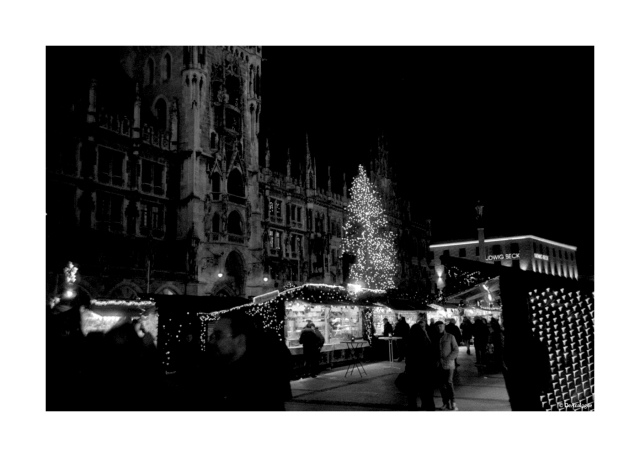
Canon P & Jupiter 12 35mm – Ilford Delta 3200 in Ars Imago Fd
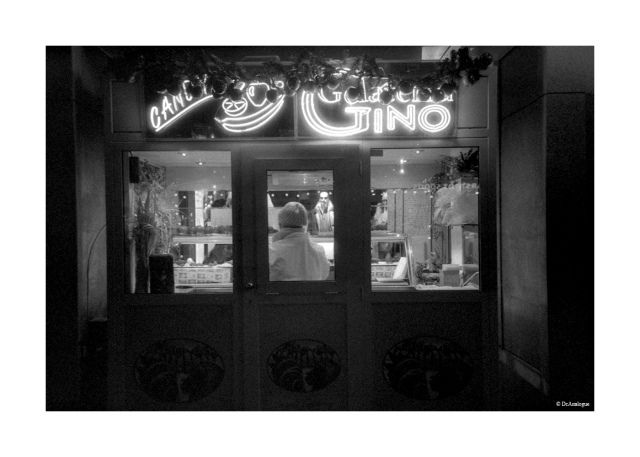
Canon P & Jupiter 12 35mm – Ilford Delta 3200 in Ars Imago Fd
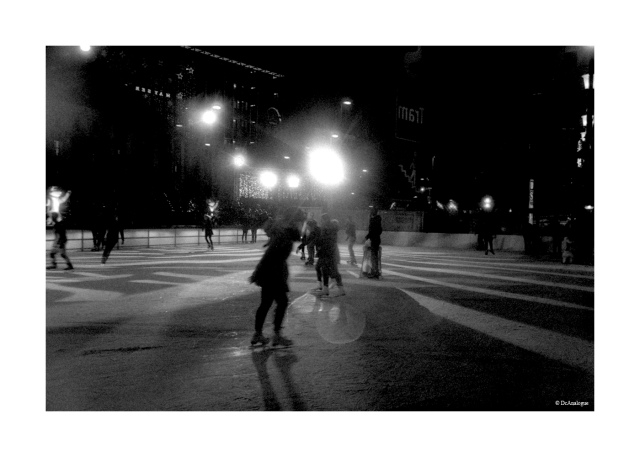
Canon P & Jupiter 12 35mm – Ilford Delta 3200 in Ars Imago Fd
This first post is dedicated to the area of Lower Bayern, Munich and Ingolstadt. The next post, will cover Nuremberg and Innsbruck (Austria), visited during the return trip. As usual I didn’t add any sharpness in post-production and just adjusted the light levels & did some spotting.
(Testo Italiano)
Come i più affezionati lettori ben sapranno, agli inizi di Dicembre ho affrontato (dopo quasi 15 anni) un viaggio esclusivamente utilizzando fotocamere a pellicola. In questo Post mostravo l’attrezzatura che avrei utilizzato. In realtà, avevo anche una Olympus OM 10 con tre ottiche Zuiko (28, 50 e 135mm) come backup per ogni evenienza. A questa attrezzatura, una volta raggiunta Monaco di Baviera, si è aggiunta una Olympus OM2n, corredata da uno Zuiko 35-70mm f/3,5 e da un Tokina RMC 24mm f/2,8. Come pellicole, ho utilizzato la Ilford XP2 Super 400, la Kodak TMax 400 e la Ilford Delta 3200. In totale, ho scattato 8 rullini da 36 pose. Un numero di scatti irrisorio se confrontato con quelli che si ottengono in una mezza giornata con una digitale qualsiasi. Ma è proprio questo il motivo che mi ha spinto a ritornare alla pellicola, per cui sono assolutamente soddisfatto di aver scelto questa strada.
Tanto per cominciare, alcune considerazioni, che possono essere prese come utili consigli per chi ha poca esperienza.Ad esempio, mai partire con pellicole con le quali non si ha un’adeguata esperienza. Io conoscevo la XP2, l’avevo usata con ottimi risultati trattata in Rodinal nel formato 120 e con discreti risultati in Ars-Imago in quello 35mm. Il problema è che l’avevo sempre esposta ad una sensibilità di 200 o 250 Iso e mai alla sensibilità nominale. In questo viaggio invece, ho voluto usarla alla sensibilità nominale. Grave errore! Nei rullini sviluppati da me (sia con Ars-Imago, che con Rodinal (sia 1+25 che stand)) ho ottenuto risultati decisamente deludenti, con negativi contrastatissimi, ombre molto chiuse, grande compressione dei toni medi e grana evidente. Anche il rullo sviluppato in laboratorio con l’appropriato metodo C41, pur dando risultati decisamente migliori, non mi ha completamente soddisfatto, almeno alla scansione. Molto meglio è andata con la Tmax 400, esposta a 320 Iso, che ha realizzato immagini con la resa ampiamente prevista. Un’ulteriore considerazione: pur in ottimo stato, la Olympus OM2n acquistata a Monaco ha mostrato fenomeni d’infiltrazione luminosa (esclusivamente nel primo rullo). Concludendo: durante un viaggio meglio evitare di sperimentare ed andare sul sicuro, sia come pellicole che come attrezzatura.
Ci sono state però anche sorprese positive: ad esempio, la resa degli obiettivi 24mm e 35-70mm. Il primo, pur non essendo uno Zuiko, ha fornito ottime prestazioni, con una bassissima distorsione, un’ottima resistenza al flare e praticamente assente vignettatura. Un risultato di tutto rispetto, considerando che si tratta di obiettivo universale, sicuramente più economico dell’equivalente Olympus e soprattutto a confronto degli attuali obiettivi per digitali che beneficiano delle correzioni via firmware ed in post-produzione attraverso appositi profili. Da parte sua, lo zoom Zuiko 35-70mm Macro f/3,5-4,5 è stato veramente sorprendente! Acquistato controvoglia perché in bundle obbligato con la OM2n, si è rivelato un piccolo gioiellino. Un’ottima nitidezza e buone prestazioni a tutte le focali e diaframmi. Ottimamente si è comportato lo Zuiko 135mm che però avevo già con me.La Leica R-E, vista la completezza raggiunta dall’attrezzatura Olympus, a quel punto è passata in secondo piano come fotocamera di riserva, per cui ha scattato solo un rullo (quello iniziale) con il Vario-Elmar 35-70. Un solo rullo è stato scattato anche dalla Canon P, che è stata dedicata (per la prima volta in assoluto) alla fotografia notturna a mano libera, insieme alla Delta 3200 Iso. Qui lo Jupiter 12 ha conformato le sue ottime doti, anche usato alla massima apertura.
Questo primo post è dedicato alla zona della bassa Baviera, a Monaco e ad Ingolstadt. Il prossimo invece, riguarderà Norimberga e Innsbruck (in Austria), visitata durante il viaggio di ritorno.
Tech Data:
Cameras & lenses: see text – Filters: Leica & Zuiko 35-70 & 135 Yellow Filter – Developers: see text – Scanner: Epson V550
Stunning
LikeLiked by 1 person
Thanks! The second part should be better (less XP2….more Tmax)… 😉
LikeLike
Thank you for sharing. I like your photos, an amazing travel collection! Love that first photo.
LikeLiked by 1 person
Thanks Ivan! Stay tuned for Part Two…. 😉
LikeLike